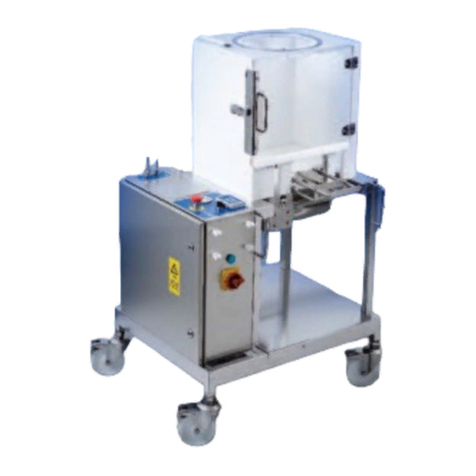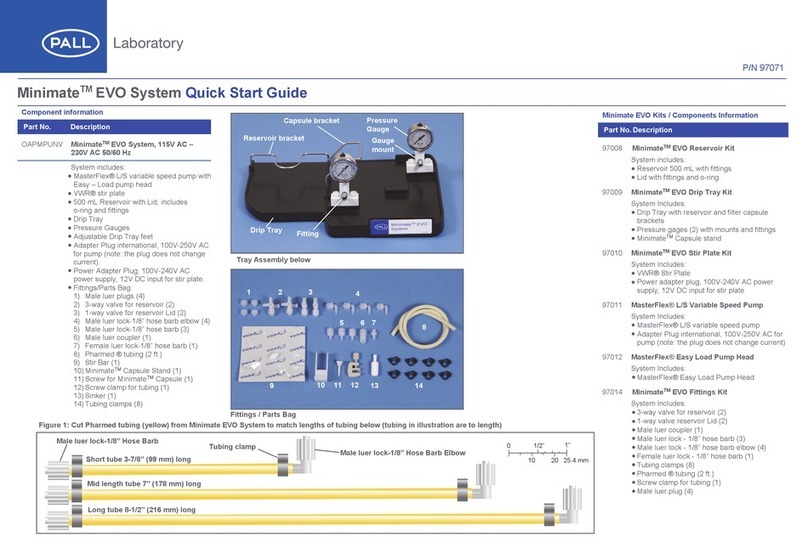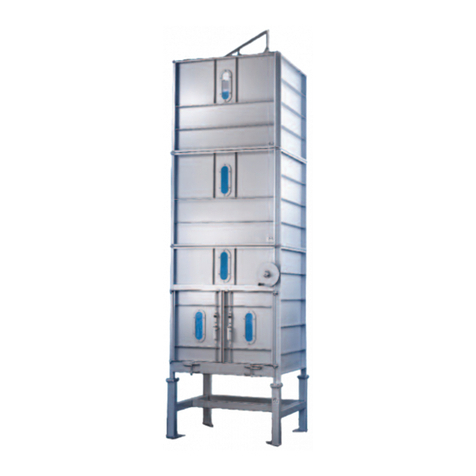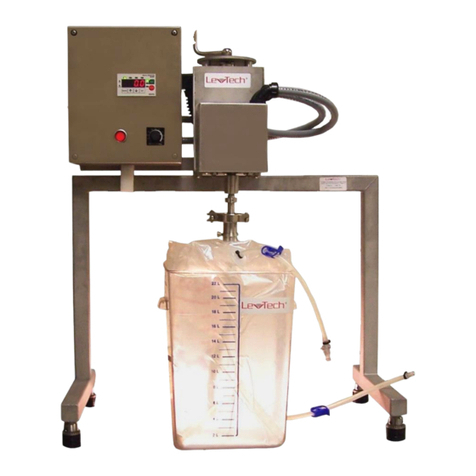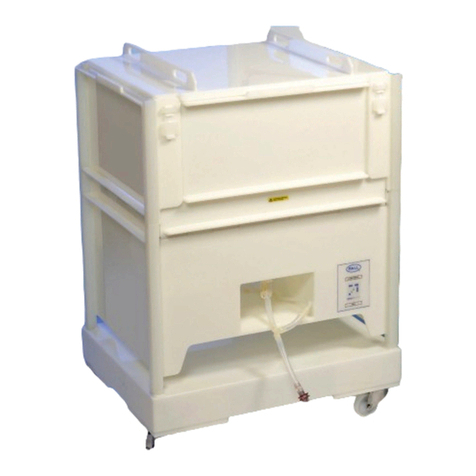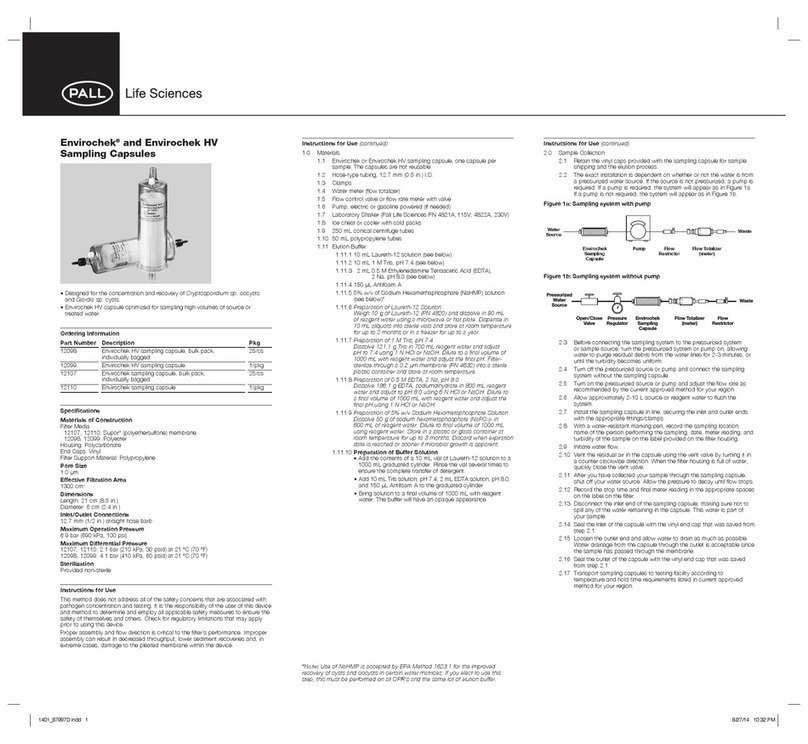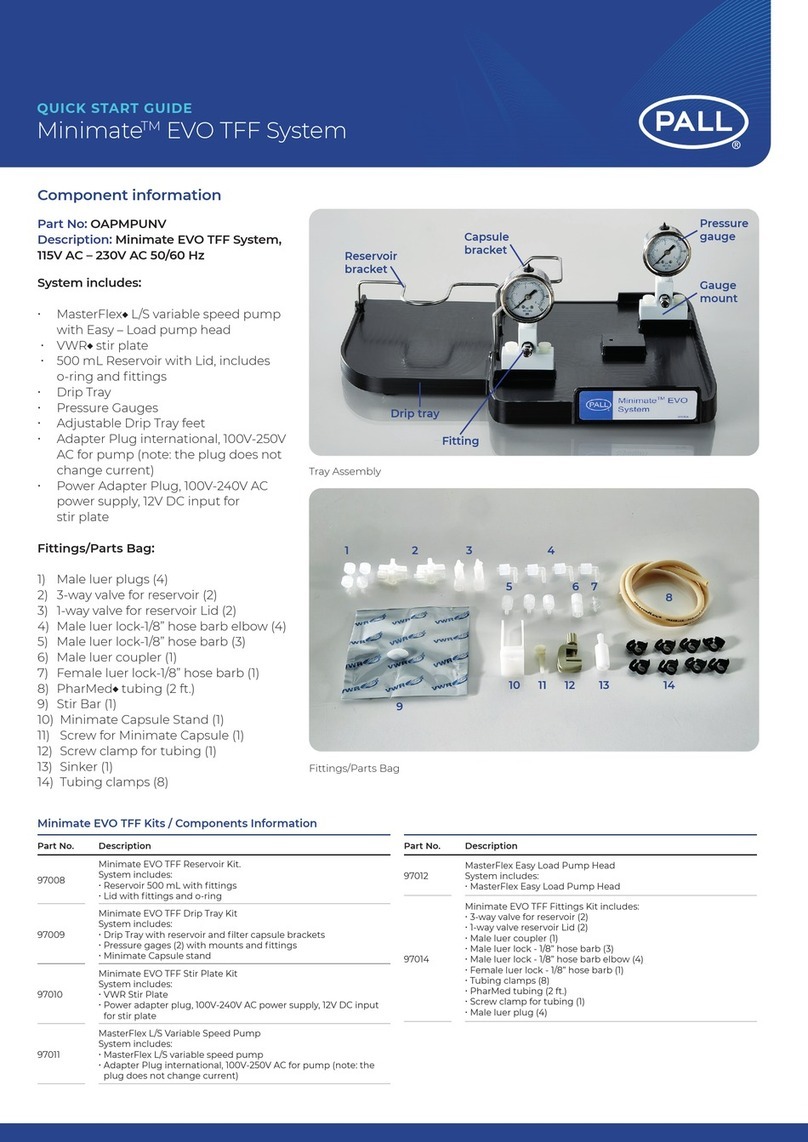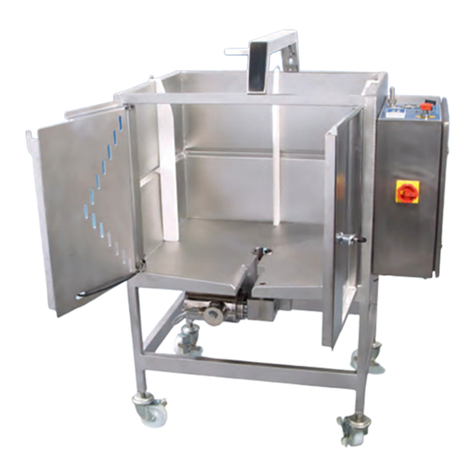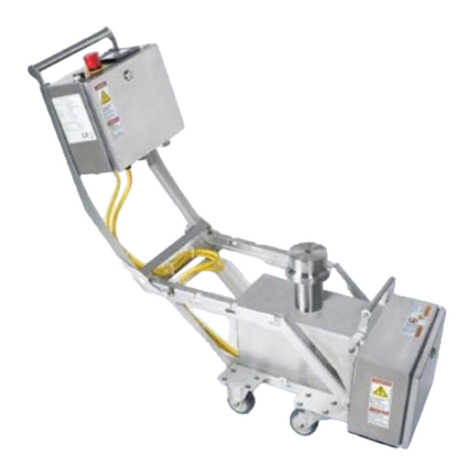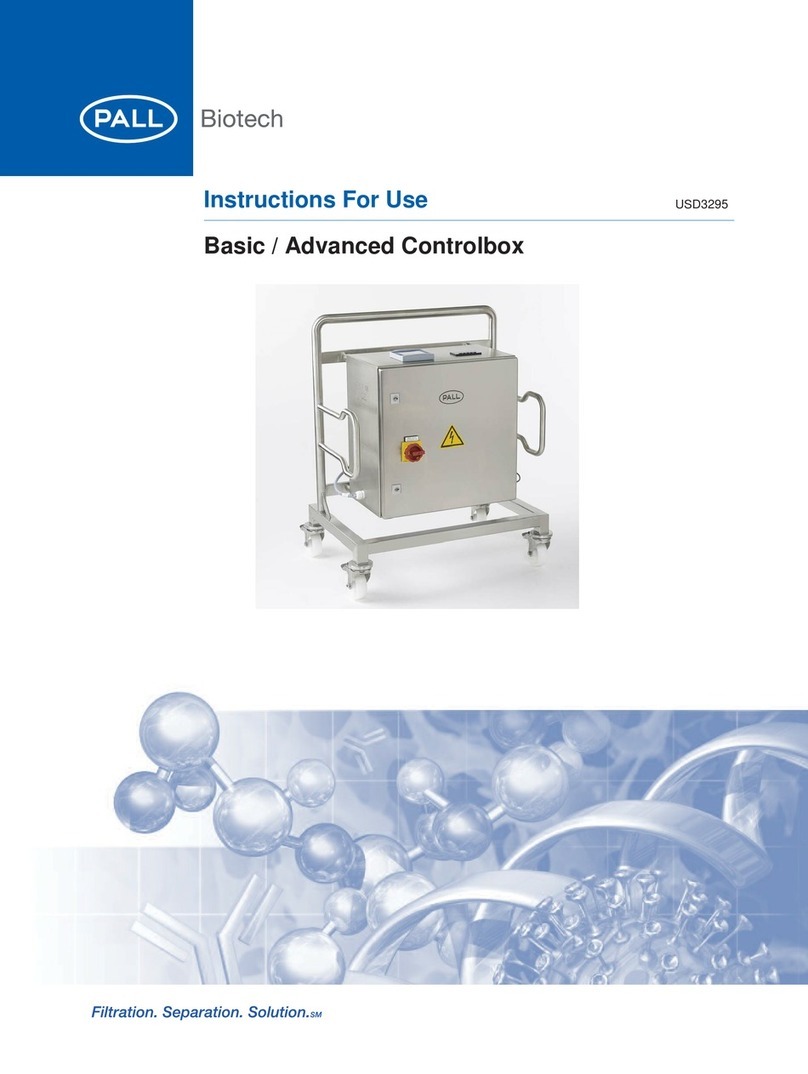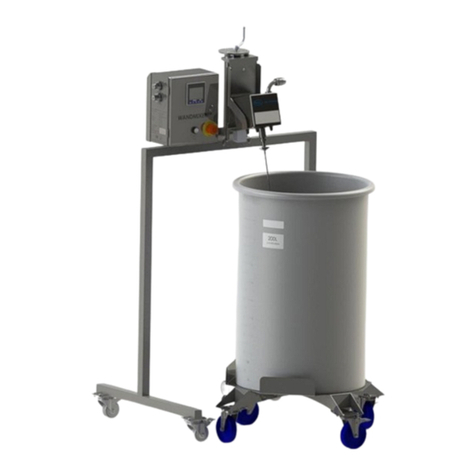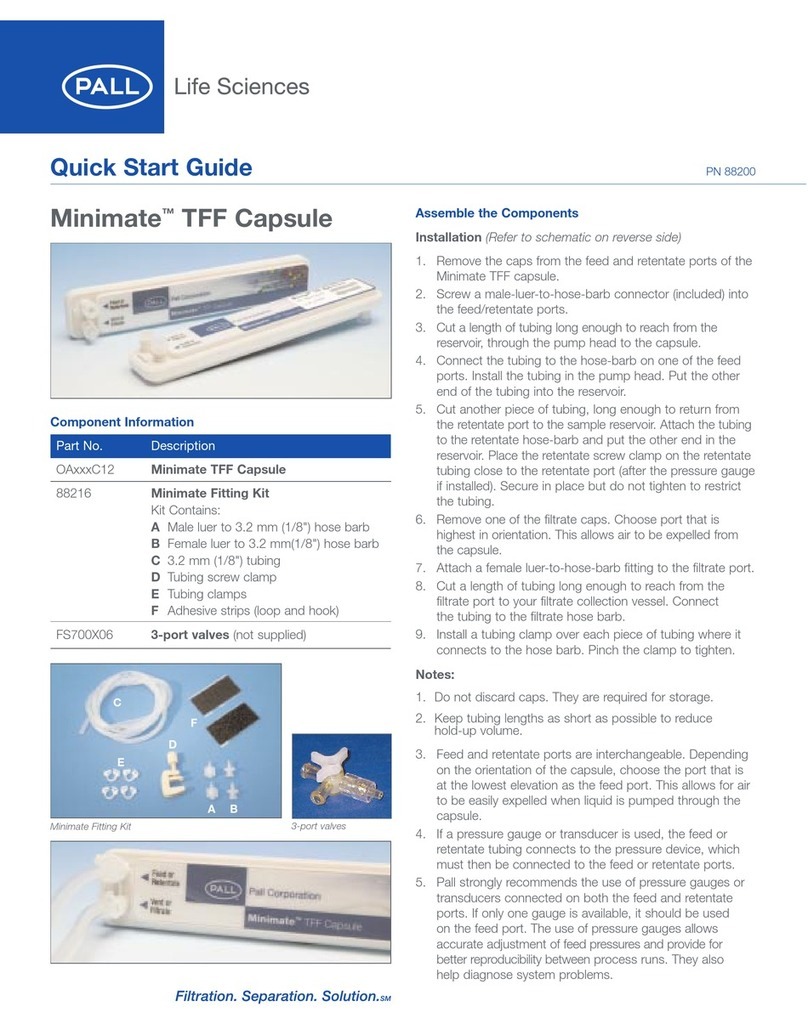
4.5 Determine Normalized Water Permeability (NWP20 °C) for Cassettes ........................27
4.5.1 Remove Air from Cassette and System ............................................................28
4.5.2 Determine Initial Water Permeability (Dead-end Method) ....................................28
4.5.3 Normalize the Water Permeability ......................................................................30
4.5.4 An Example of How to Determine Membrane Water Permeability ......................30
4.6 System and Membrane Cassette Integrity Test ..........................................................31
4.6.1 Drain the System (Feed/Retentate Flow Path) ....................................................32
4.6.2 System Integrity Test (External Test) ..................................................................33
4.6.3 Membrane Cassette Integrity Test ......................................................................33
4.6.4 Troubleshooting System Integrity Failure ............................................................34
4.6.5 Troubleshooting Membrane Integrity Failure ......................................................34
4.6.6 Integrity Testing Systems with Multiple Cassettes ..............................................34
4.7 Buffer Conditioning ....................................................................................................35
4.7.1 Flush the Retentate and Permeate Lines with Buffer ..........................................35
4.7.2 Remove Trapped Air from the Retentate Line ....................................................36
5. Post-use Treatment of Cassettes and System ..............................................................37
5.1 Flushing Cassettes after Use ......................................................................................37
5.1.1 Flush the Feed/Retentate Line to Waste ............................................................37
5.1.2 Flush the Permeate Line to Waste ....................................................................38
5.2 Cleaning Cassettes ....................................................................................................38
5.2.1 Adding Cleaning Agent to System ....................................................................38
5.2.2 Recirculate Cleaning Solution ............................................................................39
5.3 Flush Cleaning Agent from Cassettes and Assembly ..................................................39
5.3.1 Flush the Retentate Line to Waste ....................................................................40
5.3.2 Flush the Permeate Line to Waste ....................................................................40
5.3.3 Recirculation Procedure to Reduce pH, TOC, and Extractables (optional) ........40
5.4 Determine Membrane Recovery for the Cassettes ......................................................41
5.4.1 Remove Air from Cassette and System ............................................................42
5.4.2 Determine the Water Permeability after Cleaning ................................................42
5.4.3 Normalize the Water Permeability ......................................................................44
5.4.4 Determine the Membrane Recovery ..................................................................44
5.4.5 Evaluate the Effectiveness of the Cleaning Regimen ..........................................44
5.5 Post-Use Air Integrity Test (optional) ............................................................................44
5.6 Storage of Membrane Cassettes ................................................................................45
5.6.1 Recommended Storage Agents for Omega Membranes ....................................45
5.6.2 Adding Storage Agent to System ......................................................................45
5.6.3 Recirculate Storage Solution ..............................................................................46
5.6.4 Cassette Storage ..............................................................................................46
6. Appendix .......................................................................................................................... 7
6.1 Omega Membrane Chemical Compatibility Chart ........................................................47
6.2 Alternative Cleaning Agents ........................................................................................48
7. Glossary ........................................................................................................................... 9
www.pall.com/biopharm 3
